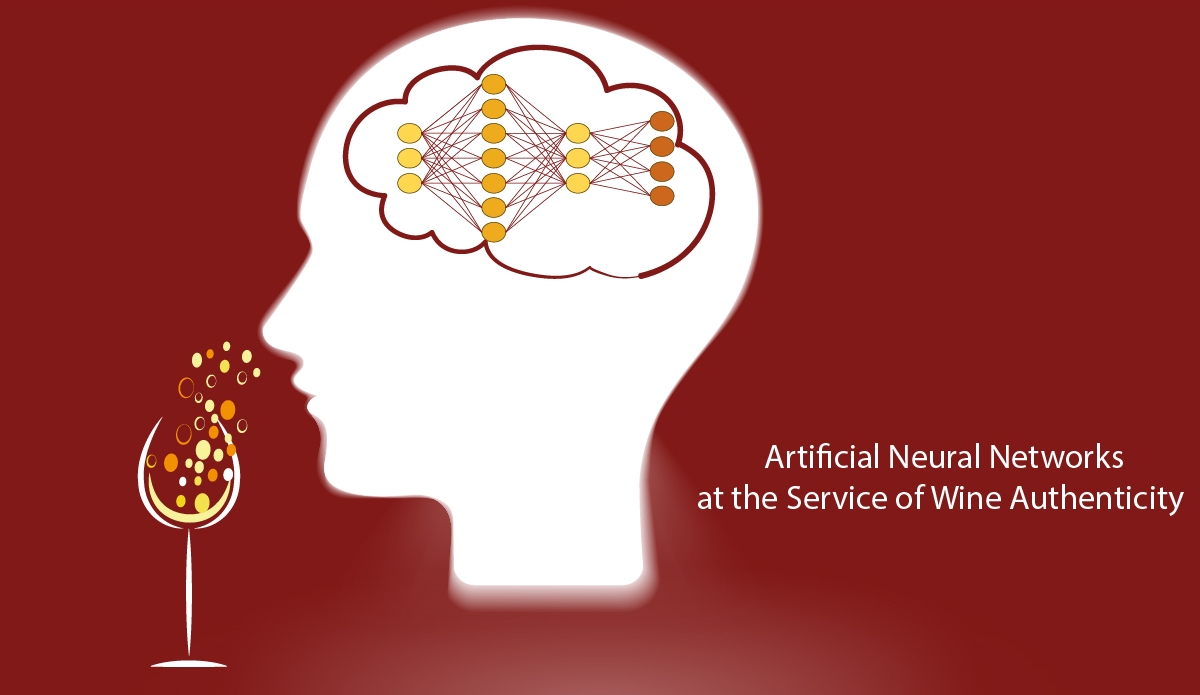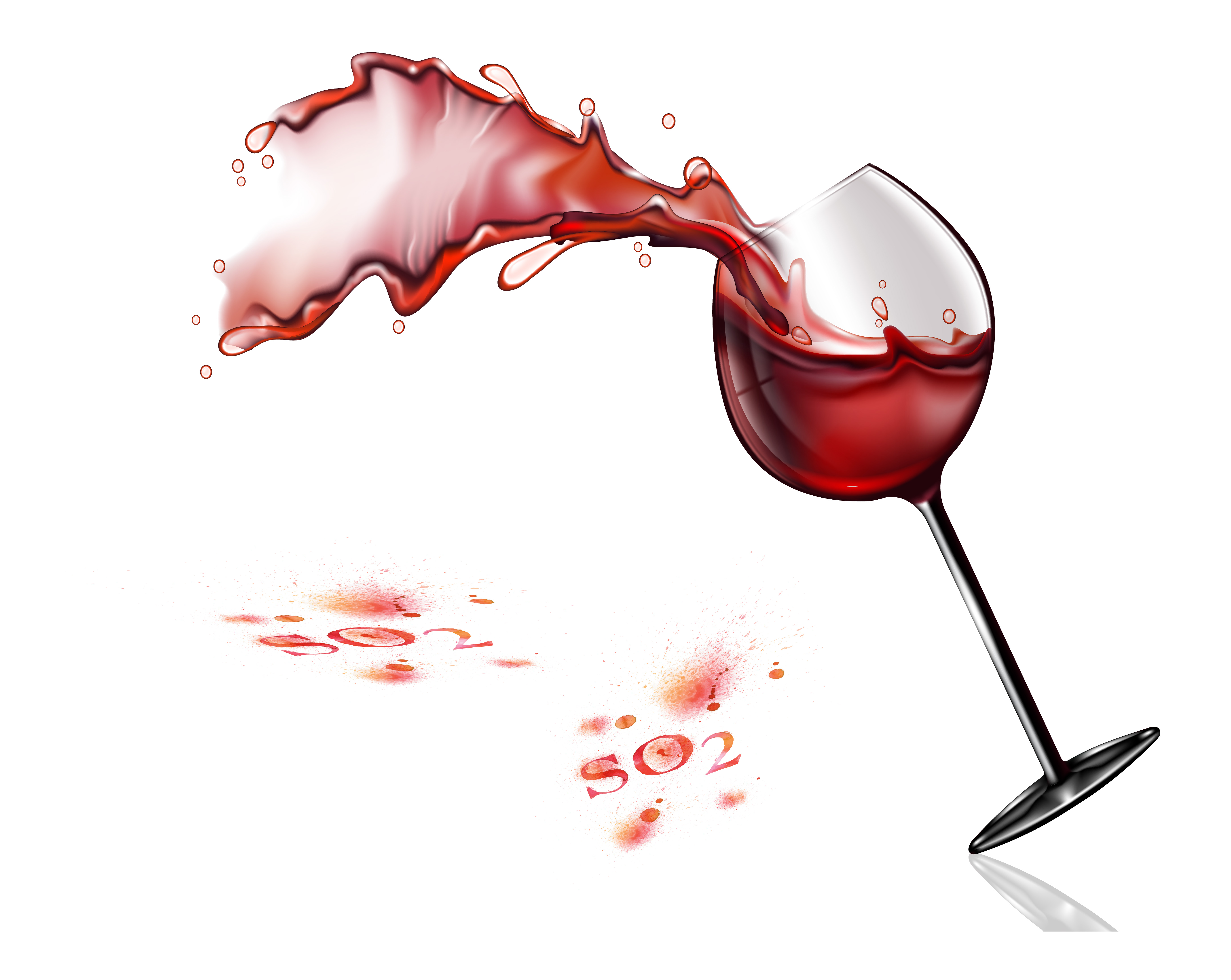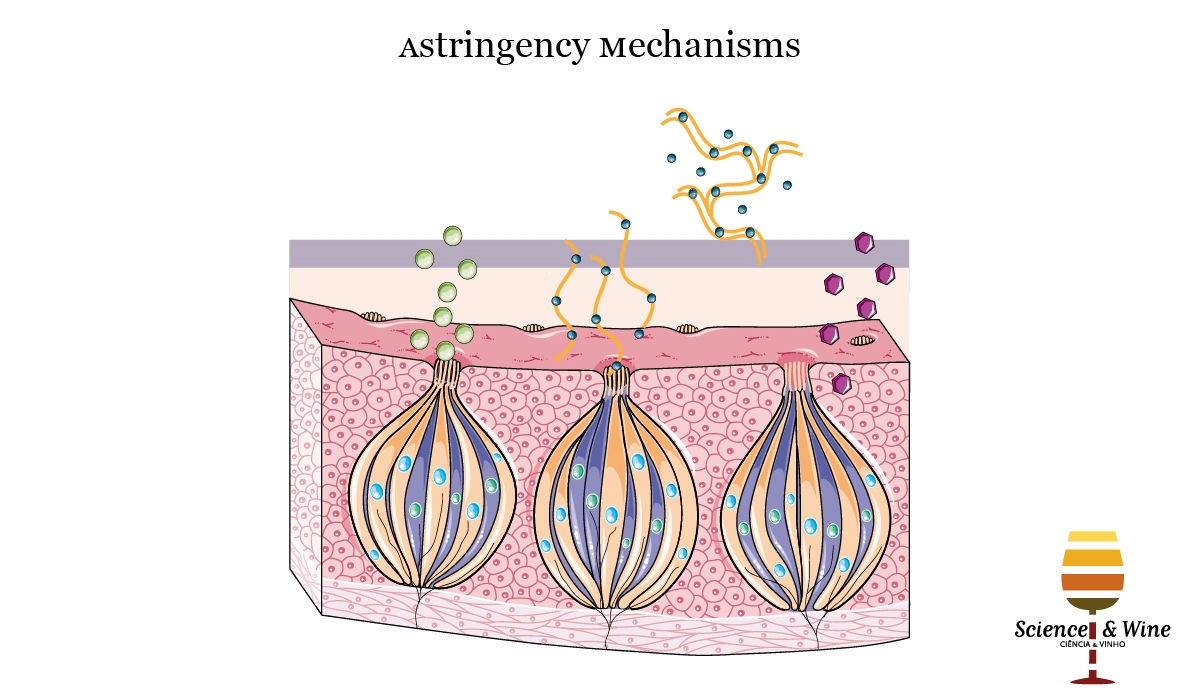The oral sensation called astringency is commonly described as drying, roughing and puckering in the mouth epithelia. Since some polyphenols are able to bind salivary proteins, namely PRPs, they can form insoluble tannin-protein precipitates in the mouth, causing a loss of lubrication and increased friction in the oral cavity, which would explain its astringency. This mechanism is thought to be the main responsible of wine astringency. A recent study has evaluated the effect of the addition of yeast mannoproteins (MP) on the interaction between a flavonol glucoside (quercetin 3-O-glucoside) and human salivary proteins, combining sensory analysis and analytical techniques such as quenching fluorescence, dynamic light scattering and isothermal titration calorimetry. Results obtained indicate the existence of interactions between mannoproteins and flavonols but also between mannoproteins and salivary proteins, suggesting a possible formation of protein/polyphenol/polysaccharide ternary complex that probably affects the astringency perception.

Artificial neural networks at the service of wine authenticity
An artificial neural network is a mathematical prediction tool based on the reproduction of the functioning of a brain through the simulation of its basic unit, the neuron, with its ability to work together several of them, and learn from previously processed information.

Madeira wine: A chemical perspective of its unique aging process
Despite Madeira wine being produced more than 500 years ago, there is still much to reveal. This fortified wine holds a complex bouquet, with distinctive aromas of oxidation and aging, and a characteristic freshness due to its surprising acidity derived from the volcanic soils.

Professional highlights in wine area
Today ended the “Mostra da Universidade do Porto” that is an annual exhibition where the University of Porto schools promote their educational offer. The most repeated question made by high school students was “What can I do with that degree?”. I always answer, “All that you want”. I really believe it! Someone with cognitive and hard work capacities, can do anything with the tools acquire during the course. Joining creativity and courage, then are congregated the conditions to a brilliant career. Of course, that a personal career also depends in the networks that each one can establish.

New investigations shed new light on the destiny of sulfur dioxide in wine
A series of paper released from Italian scientists are opening new doors for better understanding the chemical changes occurring in wine during ageing and offer new prospects for more precise use of SO2 in winemaking. The reaction of sulfonation could be a good news for wine lovers!

Analysis of High Cited Papers: Part I – Food Science and Technology and Nutrition Dietetics Research Areas
One of the main goals of this blog is to inform people about the latest news in wine research area. People need to know the state-of-the-art to be able to apply that knowledge in their works on the way to evolution and success. Ranking the papers according with the number of times that they were cited, is one of the ways to measure the impact of several studies in a specific area of research. I ordered the papers according with the number of times that they were cited in the period between January of 2015 and December of 2017. The results were obtained in a search performed in Web of Science Core Collection, the field tag used was “wine” and the results were filtered to list all Highly Cited in Field or Hot Papers in Field.

